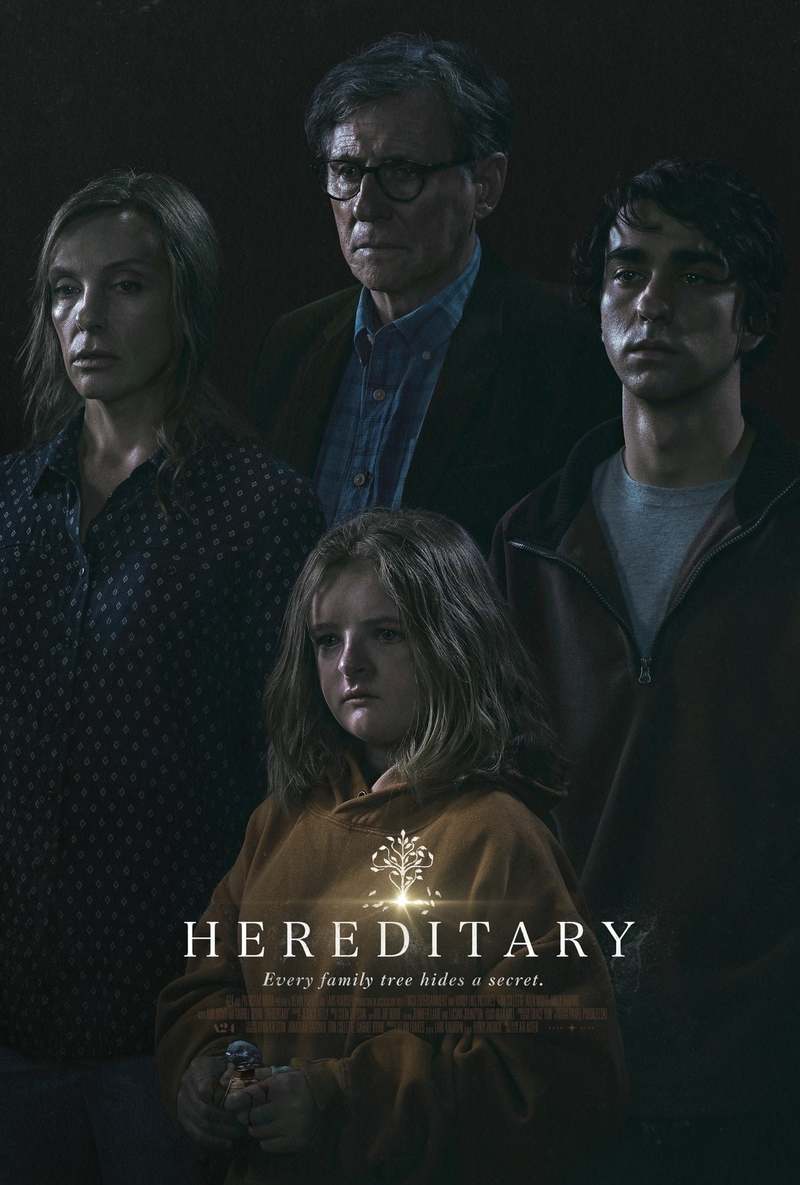Audience consumption in the area of film has changed drastically over time. Film has been around since the late 1800s, but a lot of what was shot has been lost over time. Because of this, it is truly hard to say how many films were shot during that time and how it was distributed.
The silent film era is said to have some of the greatest pieces of film of all time. However, similar to what I mentioned before, it is said that up to 80 percent of film spawning from the silent era, has been lost over time. During the silent film era, movie-goers would flock to theaters, similar to how many still enjoy watching movies today. In fact, many theaters still showcase silent films to audiences willing to go. Films by Charlie Chaplin and Mary Pickford were still played in select theaters across the country a few years ago. However, that is becoming less frequent as time passes.
In the 1970s, VHS tapes were becoming increasingly popular with households across the country. While many still enjoyed going to the theaters to see movies that were being released, VHS tapes were being produced so that families could buy and watch movies in the comfort of their own home. In my personal experience, my grandmother still has VHS tapes of my mom’s favorite Disney movies that she watched as a kid. Believe it or not, as VHS tapes became less popular, the value of them went up. Some tapes go for up to one thousand dollars to this day.
By the ’90s, DVD’s were coming into play. Similar to VHS tapes, DVD’s made it so that people could buy the movies they watched after they weren’t in theaters anymore. Many of the movies that I researched in depth were released on DVD to the public. To date, some of the highest-grossing DVD’s to be released include Frozen and Avatar. DVD’s can still be found in many households, but aren’t as popular anymore.
Today, streaming services like Netflix and Hulu have their own “Originals.” These are films and shows that are released straight to these sites for audience consumption. Additionally, one may still find movies like Gone With the Wind or the original Cinderella on streaming services like Amazon Prime and Disney Plus. Streaming on phones, tablets, and televisions make movie-going much easier for the common Joe.
Media consumption for film has changed a lot over the last century, and it is sure to continue to become more and more simple the further into the future we go. Distribution of film is becoming almost obsolete as streaming services can simply upload film straight to their sites, within an hour or two. It is mind-blowing wondering how film and media, in general, will be consumed ten, twenty, even one-hundred years from now.
























